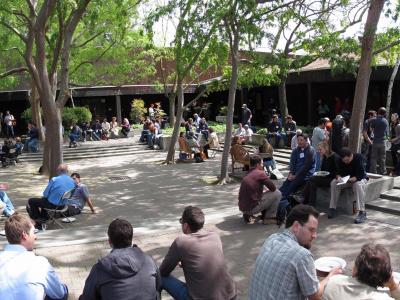What We’ve Learned About West Coast Floodplains: Lessons from the Landscape
Workshop Coordinators:
Eric Ginney, ESA
Jacob Katz, Ph.D., California Trout
Corey Phillis, Ph.D., MWD
Brian Cluer, Ph.D., NMFS West Coast Region
Floodplain science and its relation to salmonid ecology has matured markedly in the past two decades, and this workshop examines what we now know about the physics, biology, and ecology of floodplains in a variety of landscape positions, from headwaters to estuaries. We consider these processes relative to the life histories of key salmonid species/runs, and remark upon restoration priorities relative to key limiting factors in juvenile growth and ultimately escapement. This workshop will serve as a foundation for subsequent tours and sessions focused on floodplains and restoration during this year’s conference.
Give Floods a Chance: Extending the Duration of Flood Events on Agricultural Landscapes in the Central Valley for Fisheries Benefits
Louise Conrad, California Department of Water Resources, and Pascale Goertler, California Department of Water Resources
Construction and Preliminary Assessment of a Coastal Floodplain Reconnection and Channel Incision Reversal Project on Butano Creek, San Mateo County, CA
Chris Hammersmark, Ph.D., cbec, inc. eco engineering, and Irina Kogan, San Mateo County Resource Conservation District
Coho Habitat Enhancement on the South Fork Ten Mile River: Moving from Riverine to Estuarine
David Wright, The Nature Conservancy
Lawrence Creek Off-Channel Habitat Restoration and Monitoring
Bob Pagliuco, NOAA Restoration Center
Floodplain Restoration Strategies, Efforts, and Monitoring on the Lower Mokelumne River
Robyn Bilski, East Bay Municipal Utility District
Restoring Riparian Conditions on the Mattole Estuary Floodplain
John Summers, Mattole Restoration Council
Planning Tools to Evaluate Salmonid Habitat Restoration in the Yolo Bypass
Chris Campbell, cbec, inc.
Floodplain Restoration Planning in the South Fork Eel River
Julie Weeder, NOAA Fisheries
Central Valley Salmonid Life History Models
Corey Phillis, Metropolitan Water District

